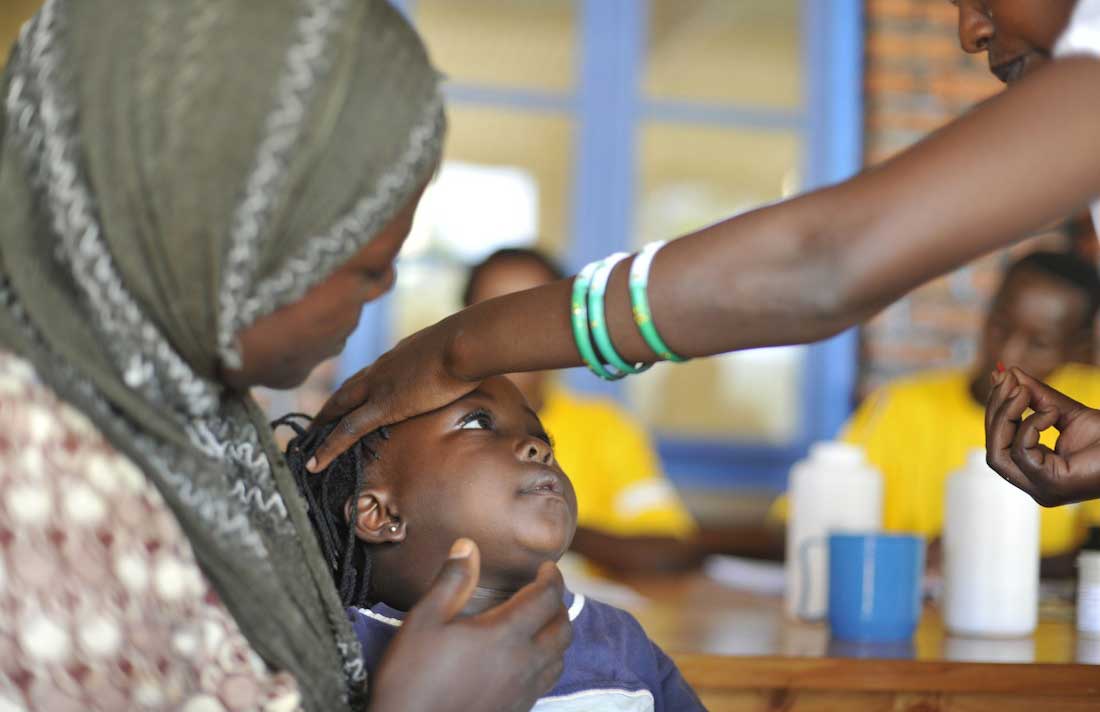The PCV AMC pilot finished in 2020, though the contracts with manufacturers extend until 20291. This final evaluation aimed to look back at the whole of the PCV AMC pilot, bringing together the findings, conclusions and lessons learned to generate recommendations.
The primary objective of this evaluation is to assess to what extent and how the PCV AMC pilot has achieved its overarching impact goal of reducing rates of morbidity and mortality from pneumococcal disease in developing countries.
METHODS
The evaluation used a mixed-methods, theory-based approach. It drew on interviews with 71 experts, review of over 80 documents, and analysis of data from Gavi, UNICEF SD, the Vaccine Impact Modelling Consortium (VIMC), and Institute for Health Metrics and Evaluation (IHME). Uptake of three other vaccines available through Gavi (Hib/Penta, rota and HPV) was used as counterfactuals for what might have happened without the PCV AMC pilot.
MAIN FINDINGS AND CONCLUSIONS
-
Objective 1: R&D
-
The evaluation did not find evidence that the PCV AMC pilot accelerated new product R&D amongst those in the pipeline, despite one new TPP-compliant PCV product coming to market during the PCV AMC pilot. Taking a broader interpretation of ‘accelerating’ new product R&D, the PCV AMC pilot was successful at signaling the value of the LMIC PCV market.
-
The PCV AMC pilot was very successful at driving presentation innovation, in terms of Multi-Dose Vials (MDVs). These were key to scaling up supply and driving down cost per dose in LIC and LMIC markets.
1 The subsidy associated with doses purchased through the PCV AMC pilot will have been distributed substantially before 2029

